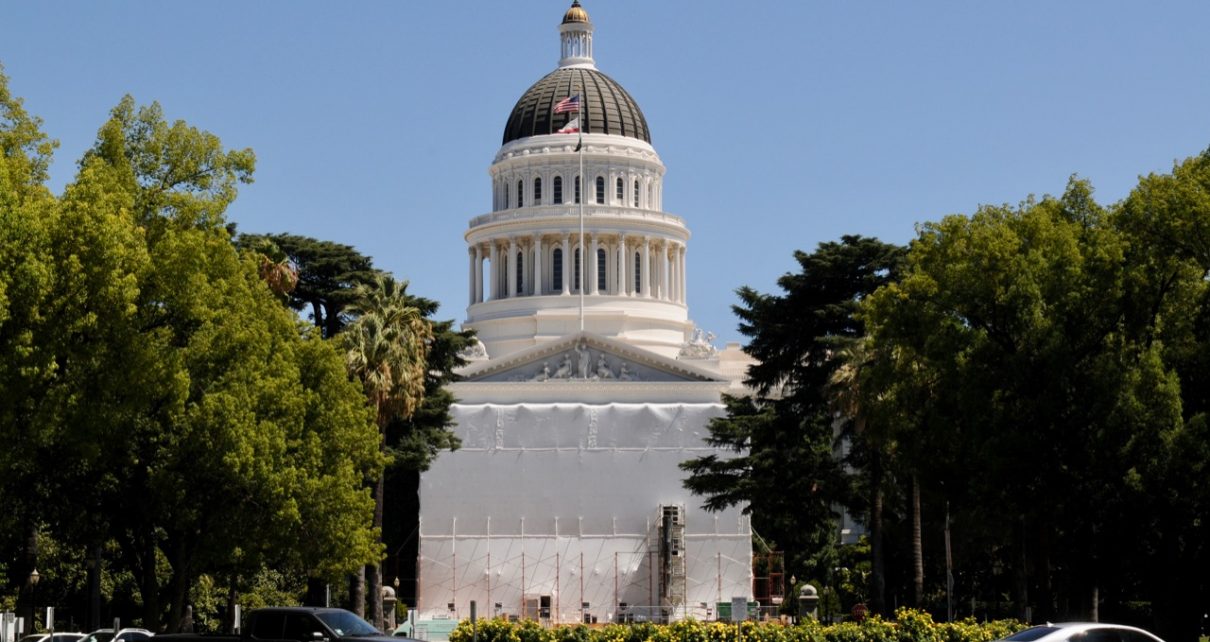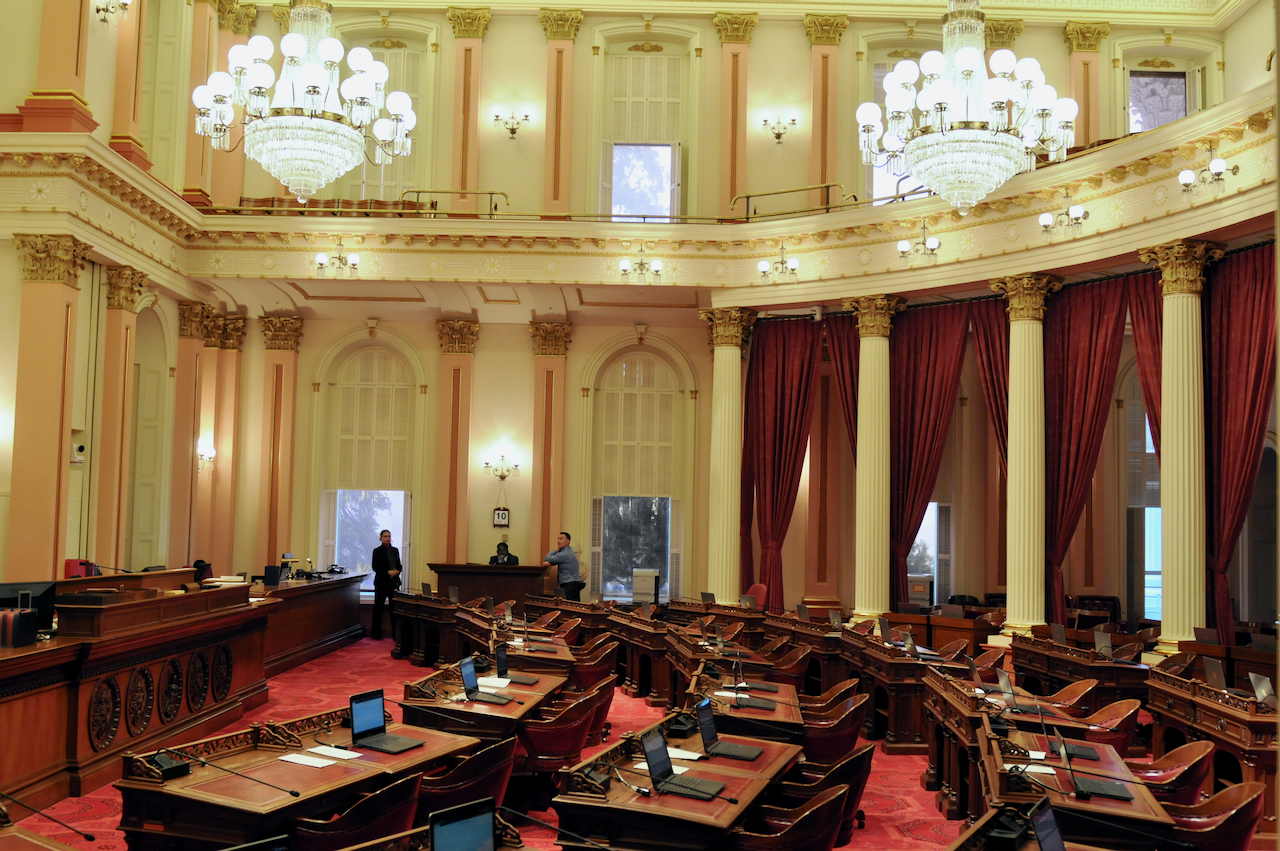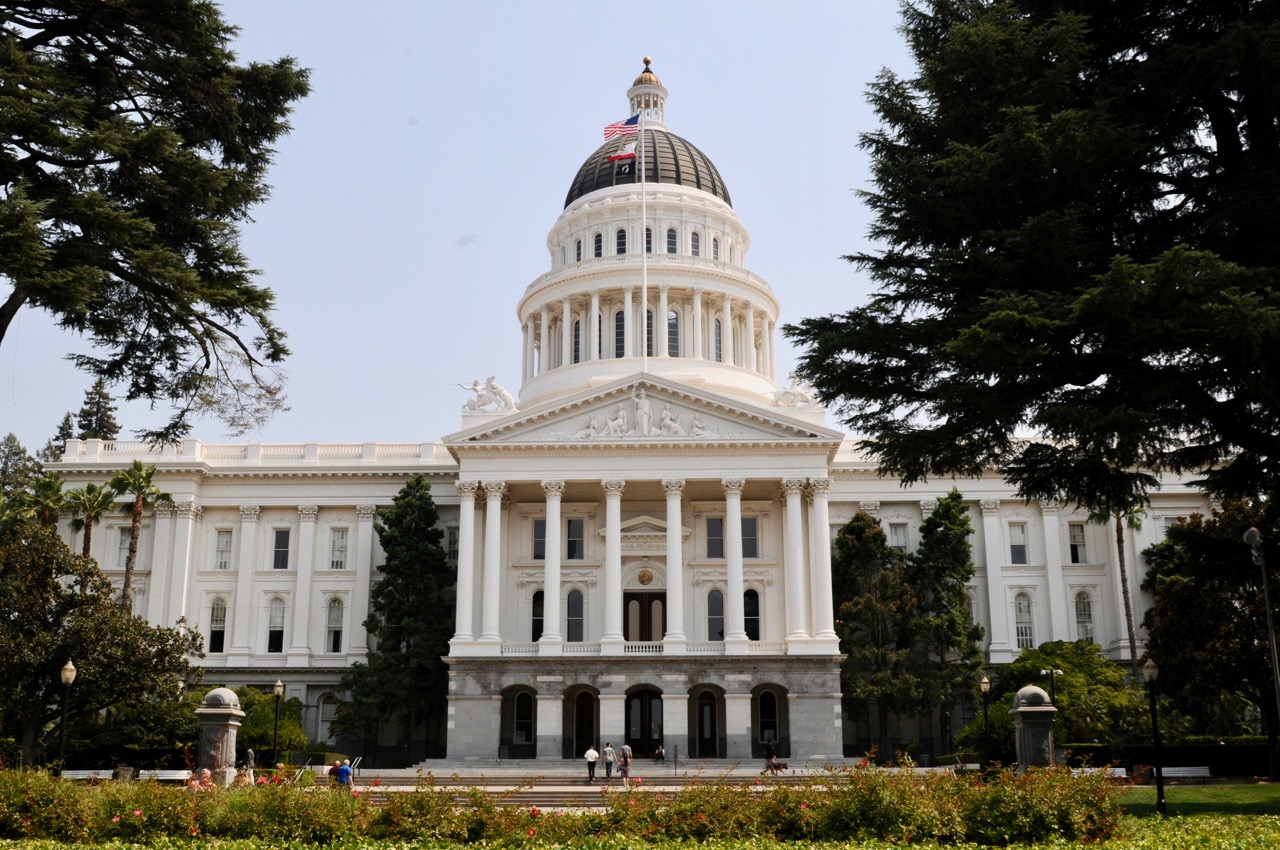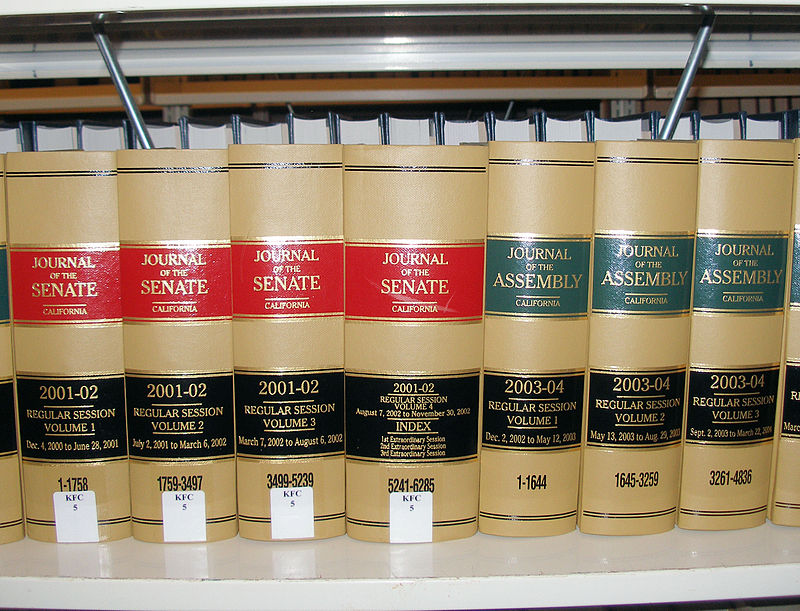
California State Capitol Annex demolition. (Photo: Kevin Sanders for California Globe)
Challenges to Lawmaking in California
political extremes from both sides of the aisle, lack of bipartisan cooperation in the Legislature
By Chris Micheli, September 25, 2019 8:07 am
Individuals and groups engaged in California’s lawmaking process may find several challenges in their legislative endeavors. There are institutional challenges, as well as political ones, that complicate the legislative process and that must be overcome to achieve a successful outcome to enact state legislation.
An initial challenge in California’s lawmaking process is with its bicameral Legislature, as well as the three separate branches of government. Naturally, in our form of government, these separate branches are intended to provide a system of checks-and-balances. In other words, our system of government with its two houses and 120 legislators that comprise the legislative branch means that there is natural tension in the lawmaking process as both houses have an equal say in adopting legislation. As such, both houses must be lobbied to be successful.
In addition, the State’s three branches of government also create challenges in the lawmaking process. This is due to the involvement of the other two branches of government (i.e., the executive and judicial) having an impact on the legislative process. For example, the judiciary interprets the laws and can give effect or even nullify the Legislature’s enactment of a statute. Judicial decisions can lead to legislation to either amend or restore a law that was affected by an adverse court decision.
Of course, the Governor also plays a critical role in the legislative process because he or she gets to sign or veto legislation, which often gives the state’s chief executive the final word on bills. Although the Legislature can override a gubernatorial veto with a super-majority vote, that has not happened since 1979 in California. As such, the position of the Governor in support or opposition of legislation most often decides the fate of bills. Without the Governor’s support, it is not likely this challenge can be overcome.
In addition, there are other institutional issues that can cause gridlock and create challenges in the legislative process that must be overcome to be successful. Term limits and the lack of bipartisanship are certainly two of the most commonly-cited factors. For term limits, those who are newly-elected versus those in their final term of office are undoubtedly going to view each other’s role differently. In addition, more seasoned legislators often are committee chairs, leaders, or otherwise in more influential positions to affect the outcome of pending legislation.
Moreover, in these times of political extremes from both sides of the aisle, the lack of bipartisan cooperation in the Legislature, as well as between the legislators themselves in the two houses, makes lawmaking more challenging. Without beneficial relationships, coming to consensus is harder and laws enacted along party lines sometimes are less stable because not everyone agrees that they are the best answer to addressing a public policy issue.
Another institutional factor that makes lawmaking challenging is the sheer volume of legislation which can be overwhelming to legislators who are not used to facing the number and diversity of measures (about 2,500 bills per year), even those who have had previous “lawmaking” experience, such as working as a local elected official at the city council or board of supervisors. One complaint is the difficulty that legislators face to give appropriate attention to all of these bills during the Session.
Legislative rules also create hurdles for achieving lawmaking success. For example, the state constitution requires a super-majority vote for passing tax increases in each house of the Legislature. The burden of achieving a higher vote threshold increases the likelihood of failure with certain legislation.
In addition to these institutional factors, there are also political reasons that can make the legislative process in the State of California challenging. While constituents, the public generally, and the media expect quick action by the Legislature, several of the political factors discussed below (as well as previously-mentioned institutional ones) impact the ability to respond in a timely fashion. When added to the other factors that hamper lawmaking, the problem can be exacerbated.
One such factor is the electoral process and politics in general. In California, Assembly Members run for office every two years and Senators run for office every four years, and so these legislators must continually be in “campaign mode” and raise funds for their races. As a practical matter, this can mean soliciting interest groups for campaign contributions, including those who regularly appear before legislators. Some of these legislators find it difficult to vote against their friends, especially those who might be helpful in their re-election efforts.
Other factors include the initiative process and voter-approved ballot measures that constrain state spending and limit the ability of legislators to address public policy issues, as well as competing funding priorities for the state. These provisions of state law make it more difficult for legislators to craft solutions to public policy problems facing the State because they often find their hands tied by these constitutional or budgetary restrictions.
As would be expected, competing interest groups on key issues provide conflict for legislators and their staff, which often means taking sides and choosing between friends. The inability to please everyone on all issues makes lawmaking challenging and achieving compromise among these varied interests can be difficult for elected officials. It is an unenviable position to be faced with making difficult choices on complicated public policy issues with competing factions.
In the end, there is not a single factor that makes lawmaking in California difficult. Instead, it is a combination of factors that impacts resolution of public policy issues by the Legislature and results in gridlock and lack of success. The result can increase the partisanship in the Legislature, which adds hurdles as both sides of the political spectrum engage in sometimes rigid ideology that, in turn, can create a lack of desire or need to compromise.
- Valuation for Eminent Domain - December 31, 2025
- Third Quiz on Where Areas of Law Are Found in the California Codes - December 30, 2025
- Management of Unclaimed Property - December 30, 2025




